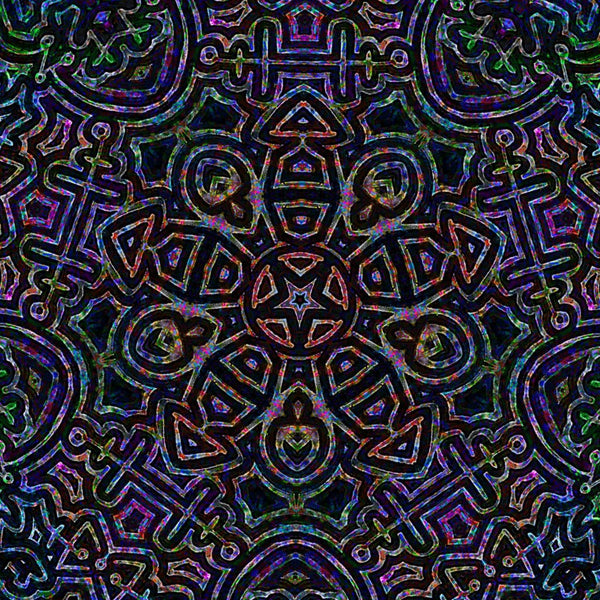Your Cart is Empty
Buy Any 4 Items, Get 15% Off Your Order!
Buy Any 4 Items, Get 15% Off Your Order!
Surreal Art: Bizarre, Dreamlike, and Anti-Rational
December 17, 2022

The surrealist movement was a cultural and artistic movement that originated in the 1920s, following World War I. It was characterized by its focus on the unconscious mind and the depiction of irrational, dream-like, and fantastical elements in art and literature. Surrealism sought to challenge the conventions of traditional artistic forms and to subvert the rationalism of the modern world in favor of a more imaginative and imaginative approach to creativity.

The surrealist movement emerged as a response to the devastation and disillusionment caused by World War I. Many artists and intellectuals of the time saw the war as a betrayal of the ideals of modernity and progress, and sought to reject the rationalism and materialism that they believed had led to the conflict. Surrealism, with its emphasis on the irrational and the unconscious, offered a way to explore and express these feelings of disillusionment and anger.
The surrealist movement also has its roots in the dada movement, which was an anti-art movement that emerged in the aftermath of World War I. The dadaists rejected the traditional values of art and sought to challenge the conventions of the art world through the use of irrational and absurd elements in their work. Surrealism was influenced by dadaism, and many early surrealist artists were also involved in the dada movement.
One of the key figures in the surrealist movement was the French artist and writer, Andre Breton. Breton wrote the Surrealist Manifesto in 1924, which outlined the principles of the movement and its goals. According to Breton, surrealism was a means of "resolving the previously contradictory conditions of dream and reality." He believed that the unconscious mind held the key to unlocking the creative potential of the artist, and that the irrational and fantastical elements of the unconscious could be used to create new and innovative forms of art.
Throughout the 1920s and 1930s, surrealism spread throughout Europe and beyond, influencing a wide range of artistic and intellectual movements. Surrealist artists used a variety of mediums, including painting, drawing, sculpture, film, and literature, to explore the unconscious mind and to challenge the conventions of traditional art forms. The surrealist movement was also closely associated with the development of the avant-garde, and had a significant impact on the development of modern art and culture.
Surrealist artists often used techniques such as automatism, in which they allowed their unconscious mind to guide their brushstrokes and create seemingly random, irrational compositions. They also used techniques such as collage, in which they combined unrelated images and objects in unexpected ways to create a sense of disorientation and confusion.The imagery in surreal art can be both disturbing and whimsical, and often includes distorted and abstracted representations of objects, animals, and people. It can be interpreted in many different ways, but is often meant to evoke feelings of mystery, irrationality, and the unknown.
Some of the most well-known surrealist artists include Salvador Dali, Rene Magritte, and Pablo Picasso. Dali is perhaps the most famous surrealist artist, and is known for his surreal paintings that feature melting clocks, abstract landscapes, and dreamlike figures. Magritte is known for his enigmatic paintings that often feature objects in unexpected places, such as a pipe with the words "This is not a pipe" written beneath it.
Surreal art continues to be a popular and influential art movement today, and its influence can be seen in many different forms of art, including film, literature, and music. It challenges our perceptions of reality and invites us to look beyond the surface of things, encouraging us to explore the depths of our own unconscious minds.
Leave a comment
Comments will be approved before showing up.
Also in Sacred Surreal Blog
newsletter signup
Be the first to know about upcoming sales and promos. Get a 10% discount coupon when you subscribe!
Subscribe
Sign up to get the latest on sales, new releases and more …

Storewide Sale!
Buy any 4 items and get 15% off your total order! For a limited time only.



